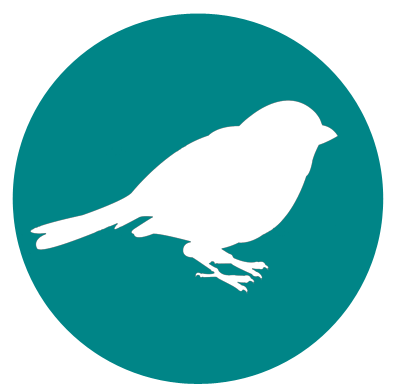Birding at The Wilds And Surrounding AEP Recreation Lands
Cumberland, OhioGeneral Information
Address
14000 International Rd, Cumberland, OH 43732
County/Counties
Guernsey, Morgan, Muskingum, Noble
DeLorme Page Number and Coordinates
(7th Edition and earlier) Page 70 / B-4 and B-5 – note: roads may be drastically different from what is on Delorme maps or topographic quads as reclaimed areas are not accurate.
Nearest Town or City
3 miles SW of Cumberland, Ohio.
Directions from Nearest Town or City
From Zanesville – take SR 146 E of Zanesville, take SR 284 SE from Chandlersville, take International Road to the main parking lot area of the Wilds.
About The Wilds And Surrounding AEP Recreation Lands
The Wilds is a large reclaimed surface mine grassland area that has abundant wintering raptors and grassland nesting birds. Surrounding the Wilds (9200 acres) is thousands of acres of AEP RE-Creation lands that have similar habitats. While most of the region is this rolling grassland, there are also areas of ponds, lakes, wetlands, spoils forest, and remnant hardwood forests. Wide-open vistas make hawk-watching possible. Main roads are hard-topped, but many roads are light duty (gravel and dirt) and can be treacherous in wet seasons.
Visiting Information
Closed hours/season
The Wilds is open for naturalist-guided bus tours of the Wildlife Conservation Park from May 1 to October 31 on weekends, and from Memorial Day to Labor Day from Wednesday through Sunday. Breeding facilities and open-range pastures for world-wide endangered wildlife give you the opportunity to see rhino, giraffe, oryx, bison, and over 20 other hoofed mammals. Perimeter roads are open for birding anytime of the year.
Parking Areas
The main parking lot is located on International Road. A birdwatcher lookout is planned for the area near High Hill along SR 284.
Fees/Permits
A free permit is necessary to access the AEP ReCreation Land.
The Wilds is private property and birders who seek permission to bird on the Wilds must be accompanied by a Wilds staff person due to inherent dangers of large mammals on the property.
Restroom Facilities
Not available currently, except during open season for tour goers.
Harmful Insects, Poisonous Plants, or Animals
Copperhead snakes are found in some of the wooded areas.
Special Note
Reclaimed mines have numerous inherent dangers. Roads can be treacherous in wet seasons and may have scrap metal and rock shard tire hazards. Walking over areas can expose persons to very rugged terrain, high wall cliffs, pits hidden in grassy areas, boulder drain-ways, and deep sediment pools.
Restaurants in the Area
Restaurants are available in Zanesville on the way out to the Wilds.
Other Useful Information
The Wilds has group camps available for birders at the Conservation Yurt Camp, the Lodge, and a primitive campsite. Summer camps are available for wildlife-loving kids as well.
Other Birding Spots in the Area
Blue Rock State Forest – mature hardwood forests and neo-tropical migrants.
Birds of Interest by Season

Winter
Raptors – all phases of Rough-legged Hawks, Northern Harriers, Short-eared Owls, Bald and Golden Eagles, Prairie Falcon, Eastern Meadowlarks, Trumpeter Swans.
Spring
Woodland migrants are especially good at small copses of forest throughout the area as they seem to funnel birds to these areas from the large grassland areas. Henslow’s Sparrow, Savannah Sparrow, Grasshopper Sparrow, Eastern Meadowlarks, and Bobolinks are especially abundant in the large grassland expanses.
Summer
Ponds and lakes are especially good for shorebirds, Osprey, terns, waders, etc. in late August and early September.
Fall
Waterfowl diversity fairly high, but never in great numbers.

